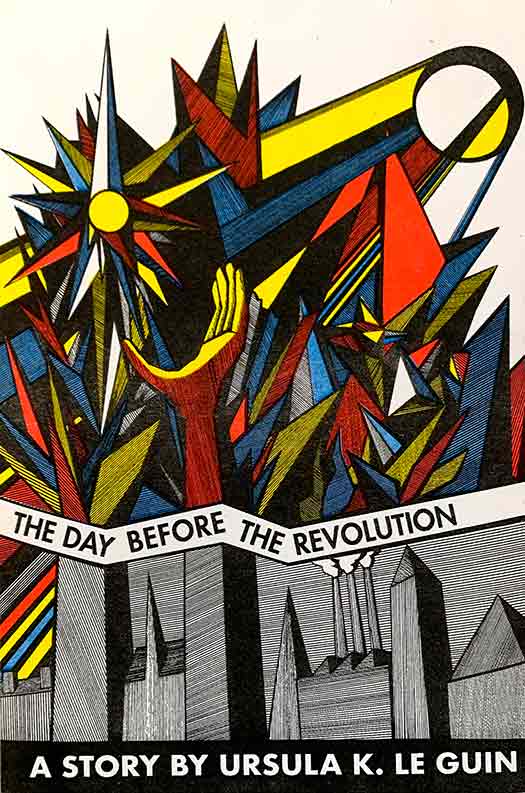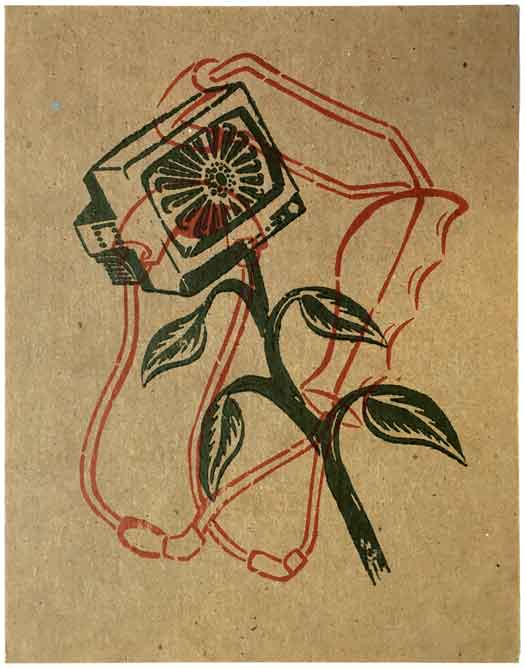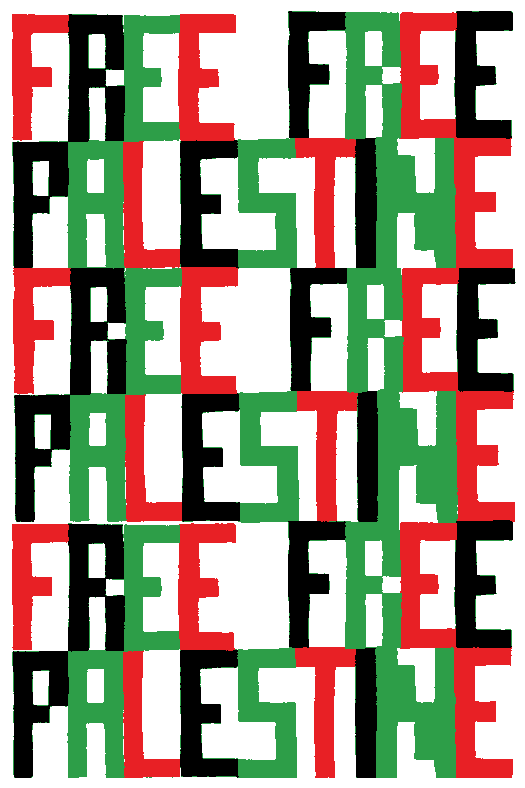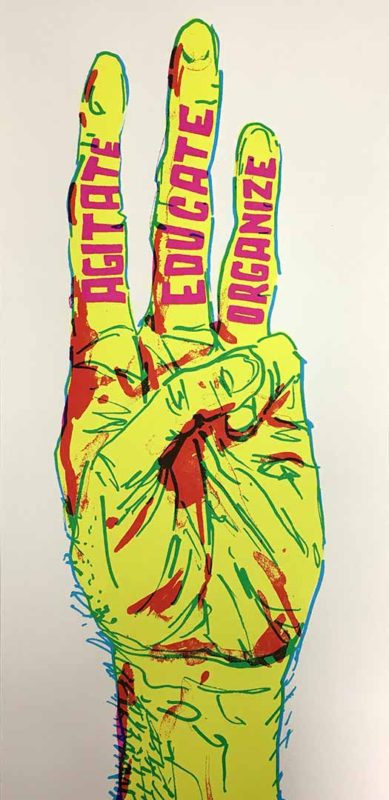In January and February my Graphic Liberation exhibition was installed at George Mason University in Fairfax, VA. It was part of a set of installs of an evolving body of projects I’ve been working on that focus on the visual language of social movements. This install was an extension of the exhibition that was at the Clifford Gallery at Colgate University in the Fall of 2021. The show came down in early March, but I still wanted to give folks a virtual walk through!
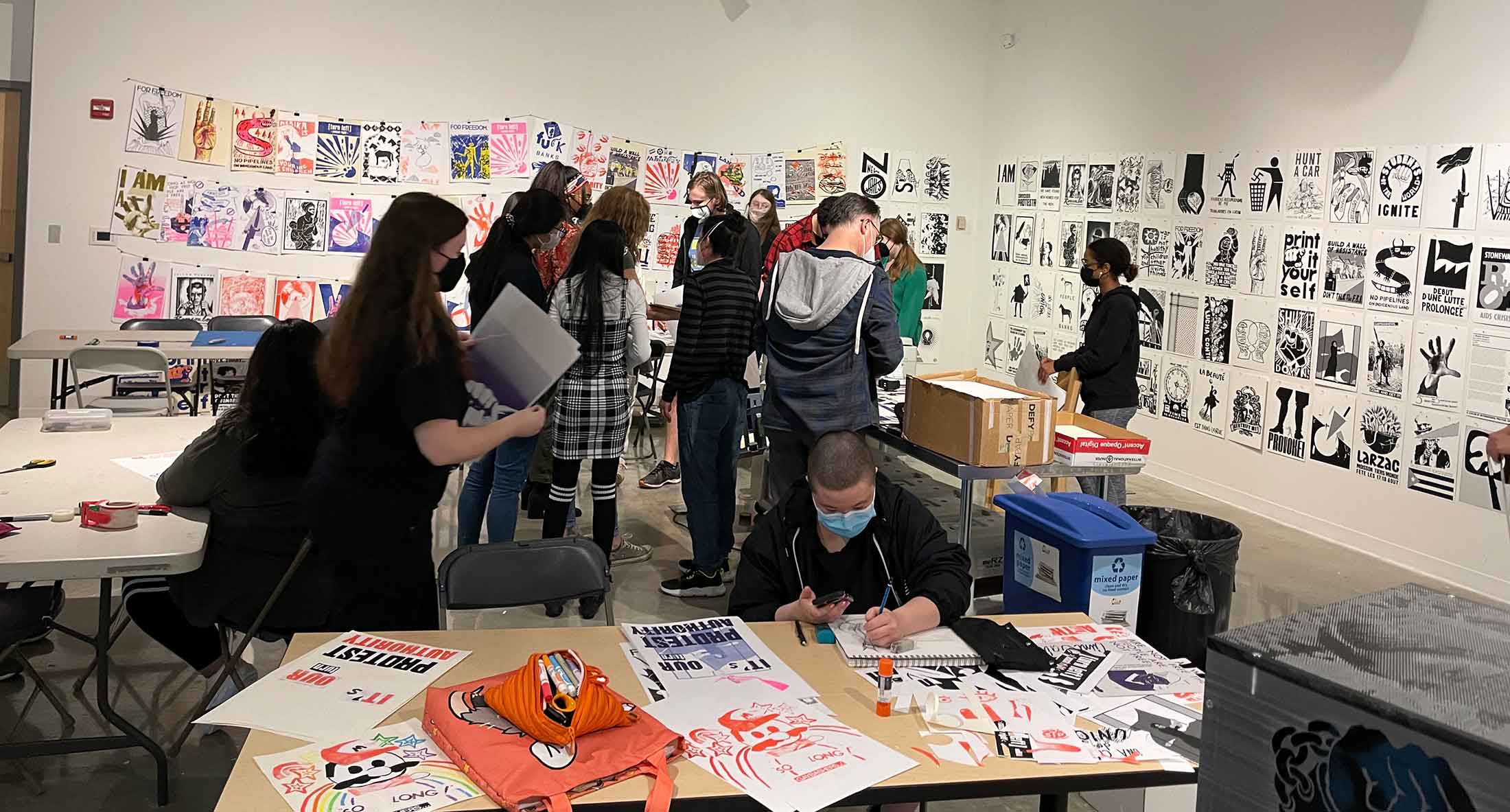
The visual anchors for the exhibition are two large grids of 11″x17″ graphic posters/panels. The first is a project titled A Lexicon of International Political Graphics, which is a set of one hundred 2-sided vinyl panels. Each panel features a black and white political graphic on its face, with a visual history and the social context of the image on the back. The panels are hole punched at the top and hang on the wall off metal push pins, so it is easy to take them off the wall as well as rearrange them. You can see what these look like installed here:
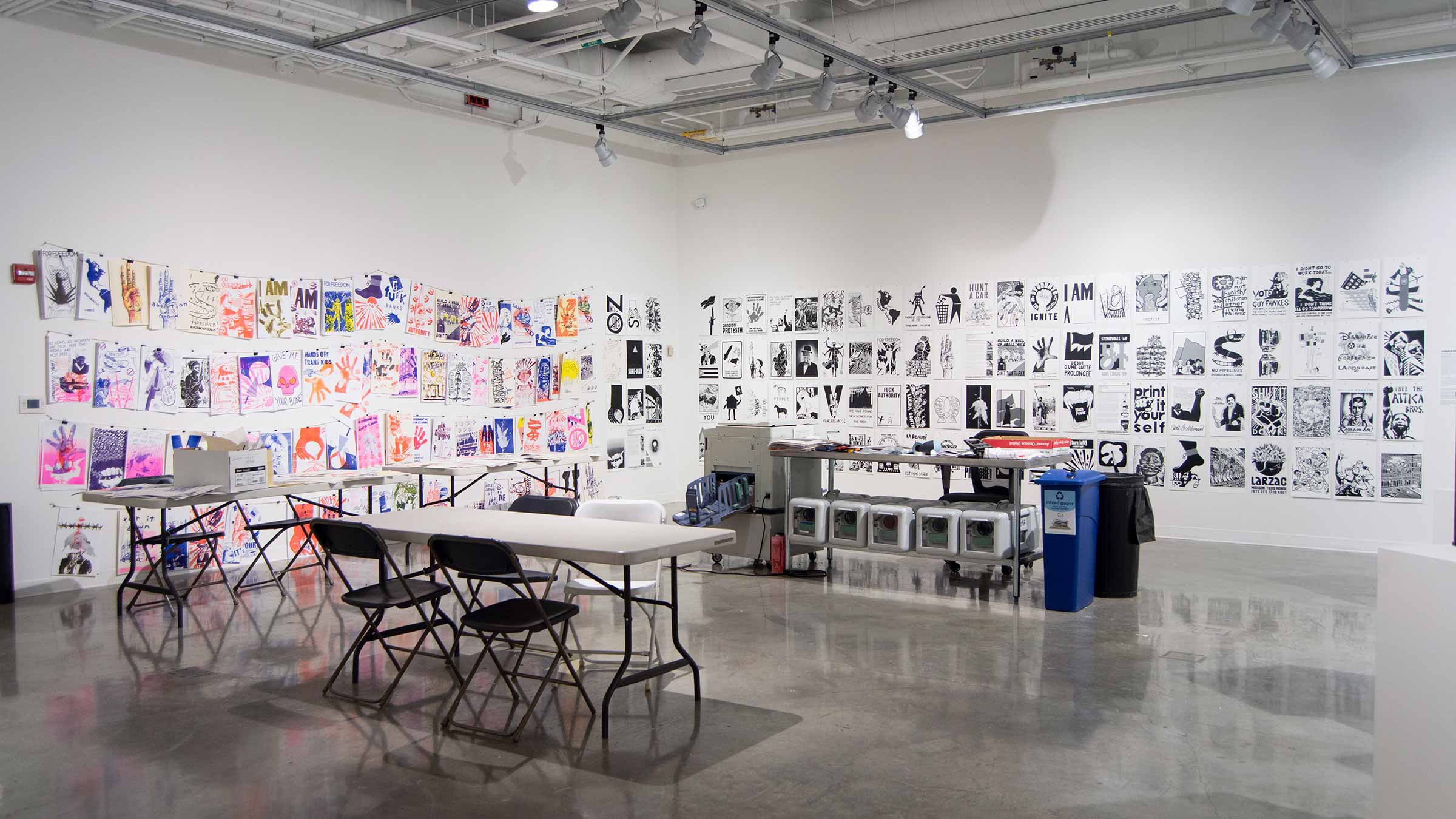

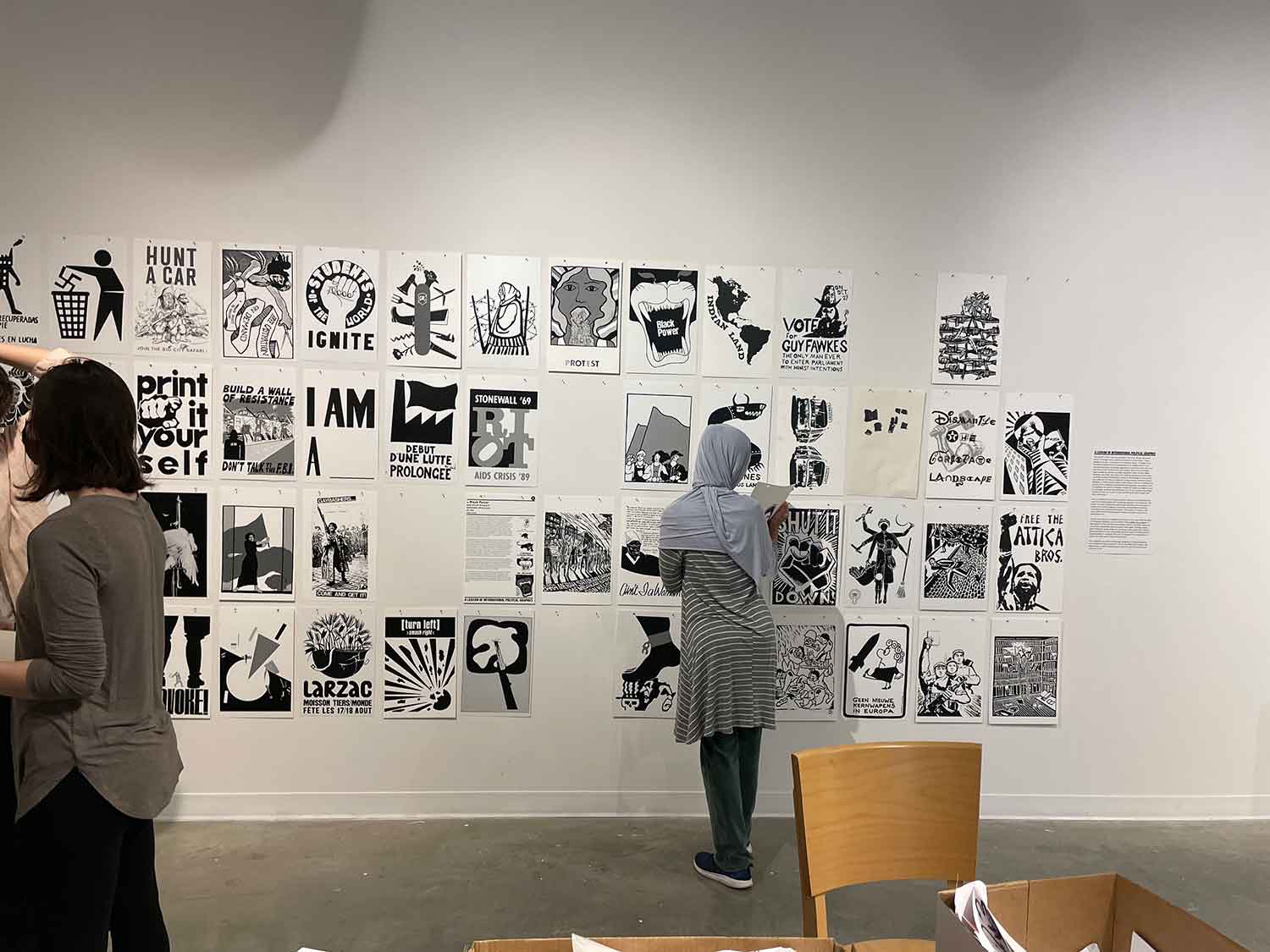
Opposite this wall of black and white graphics is a full install of the Celebrate People’s History poster series. While the posters are the same size as the Lexicon panels, they are in color, and create a nice visual balance. In addition, the CPH posters are full of direct examples of how similar iconography as represented in the Lexicon has continued to be deployed in contemporary political design work.
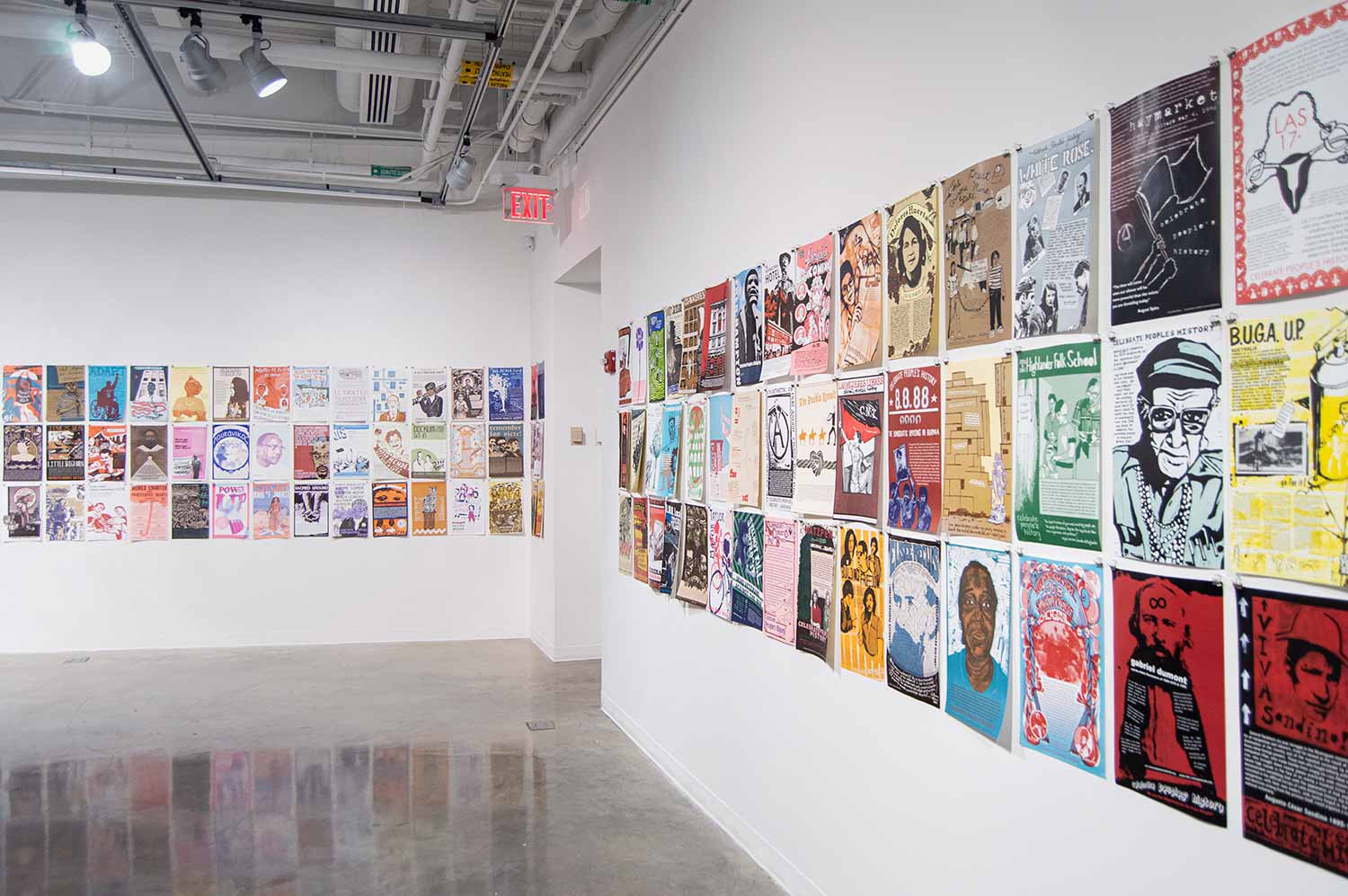
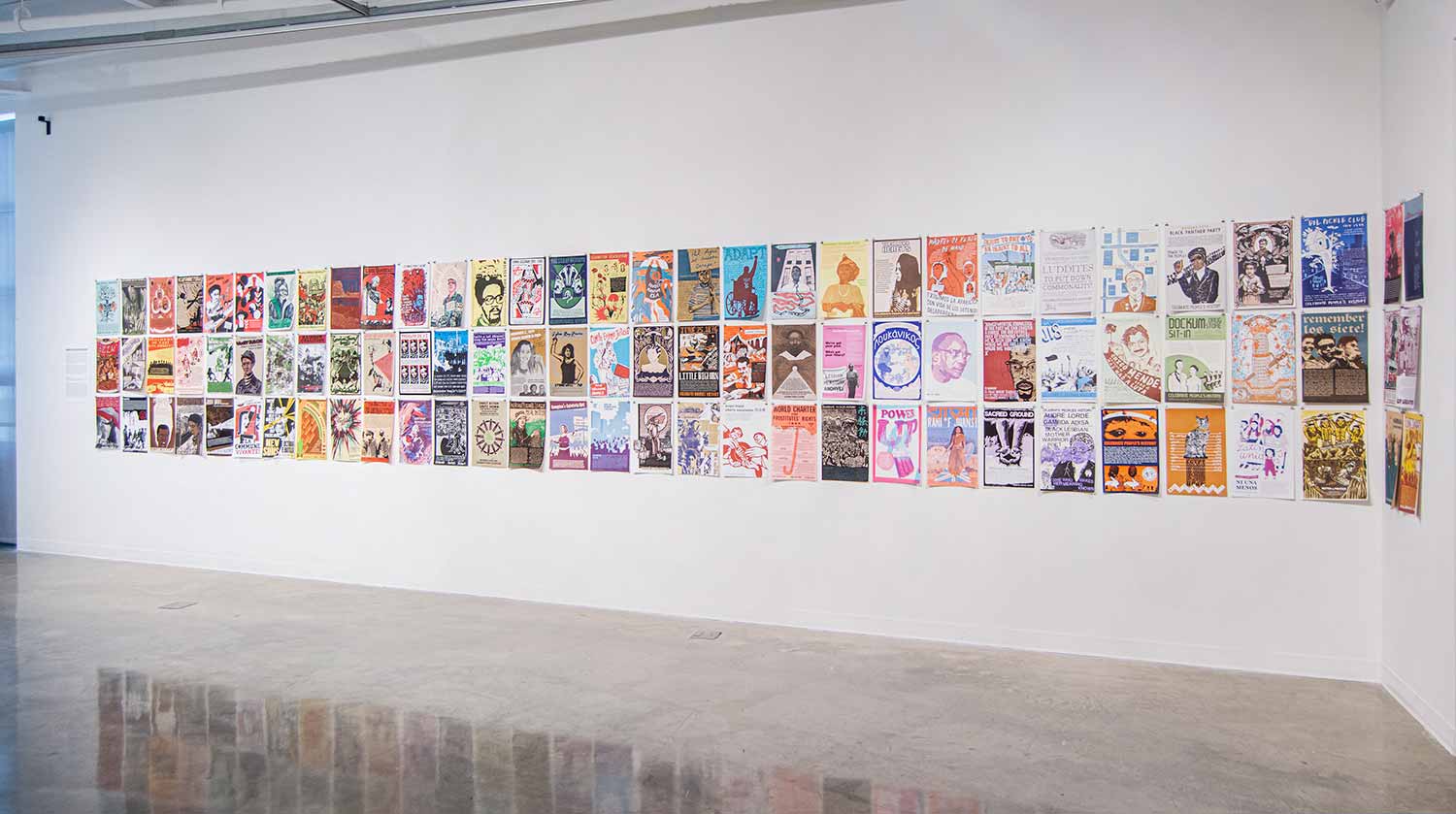
I created a unique record cover installation and playlist for the show called “Freedom Riders.” A 40′ wall tracks the history of antiracist/antifascist/anticolonial music through 125 record covers, beginning with 1940s 10″ shellacs of anti-Nazi partisan songs through Indigenous hip-hop and Black Lives Matter jazz and soul music. The installation is a music history in-and-of itself, but also a great illustration of how political iconography works its way in and through cultural product design.
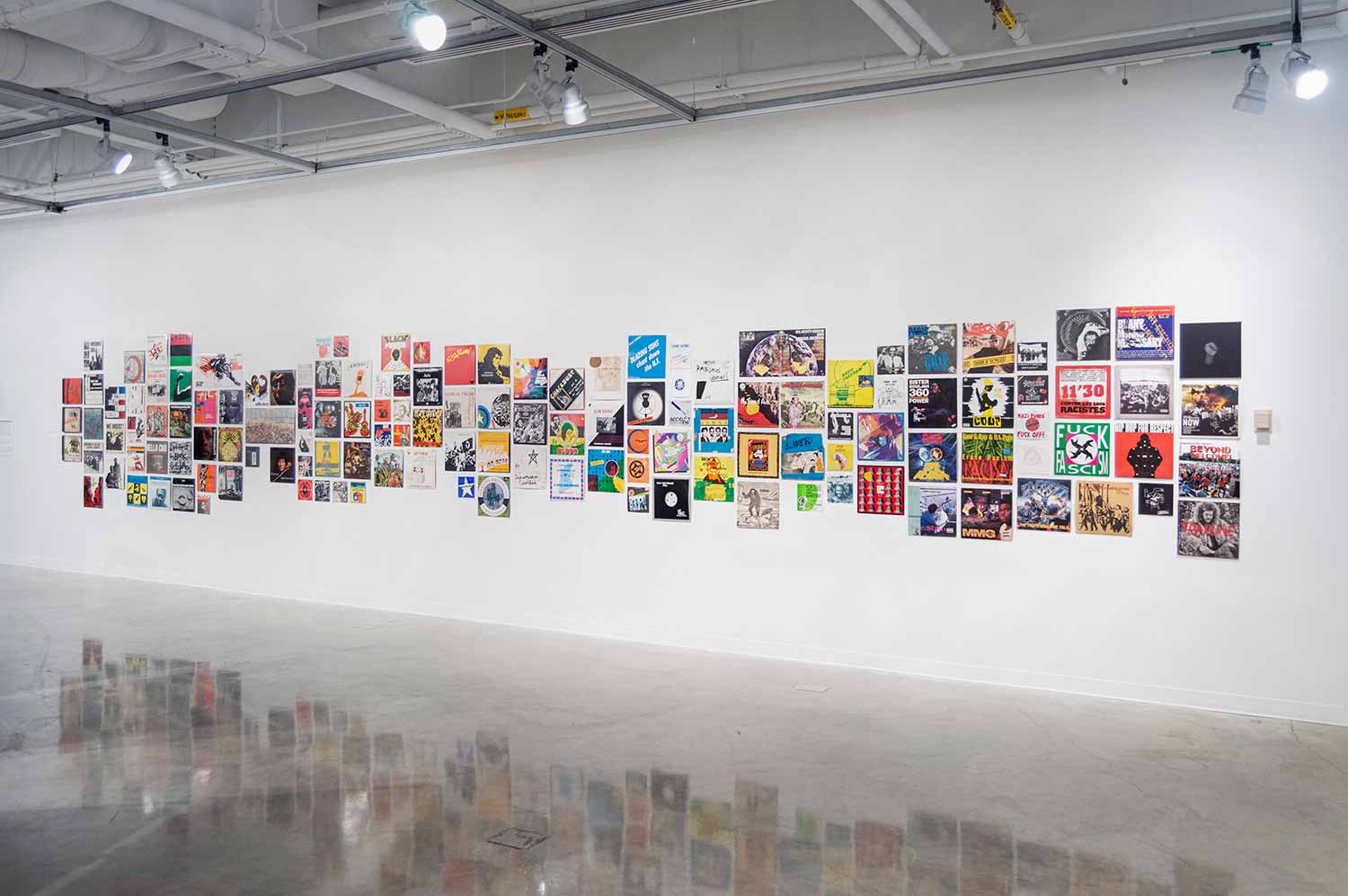
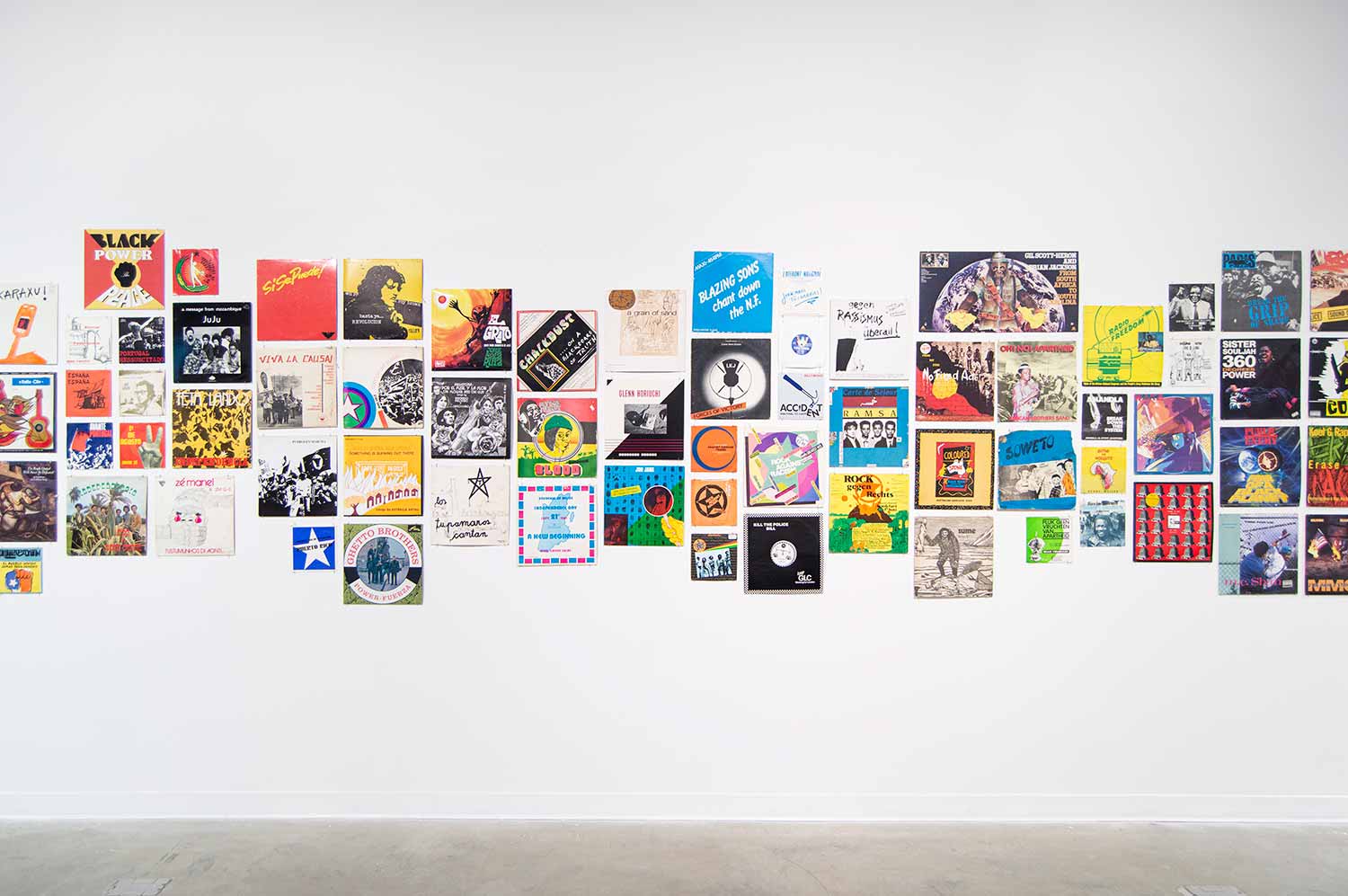
“50 Books” is a piece that I carried over from the Graphic Liberation! exhibition at Colgate. It’s exactly what it says, 50 books, all featuring raised fists on the covers. Similar to the record covers, these books help illustrate the way symbols and signs created by social movements circulate, are repurposed in different contexts, and are visually edited, evolved, and transformed.
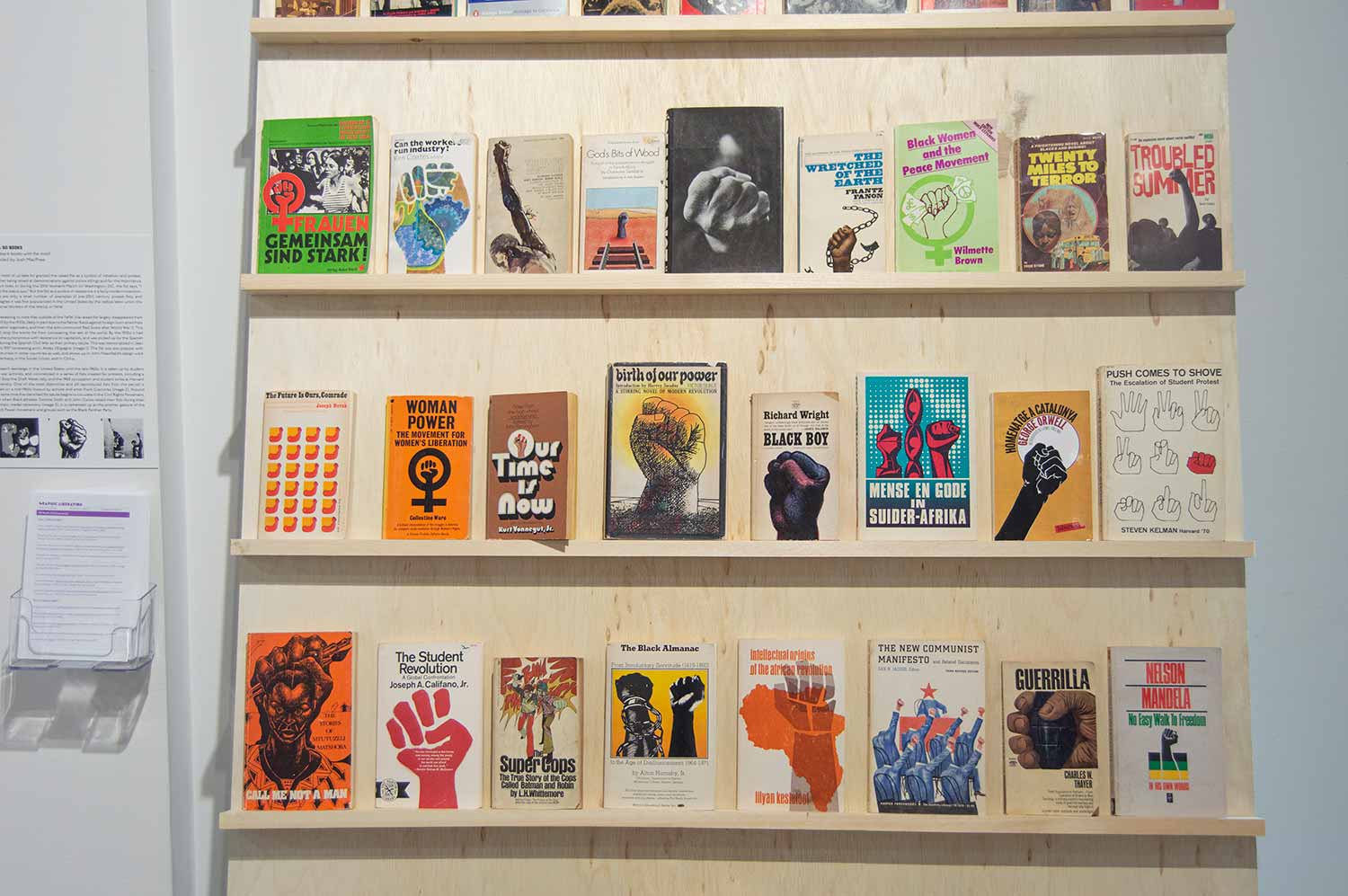
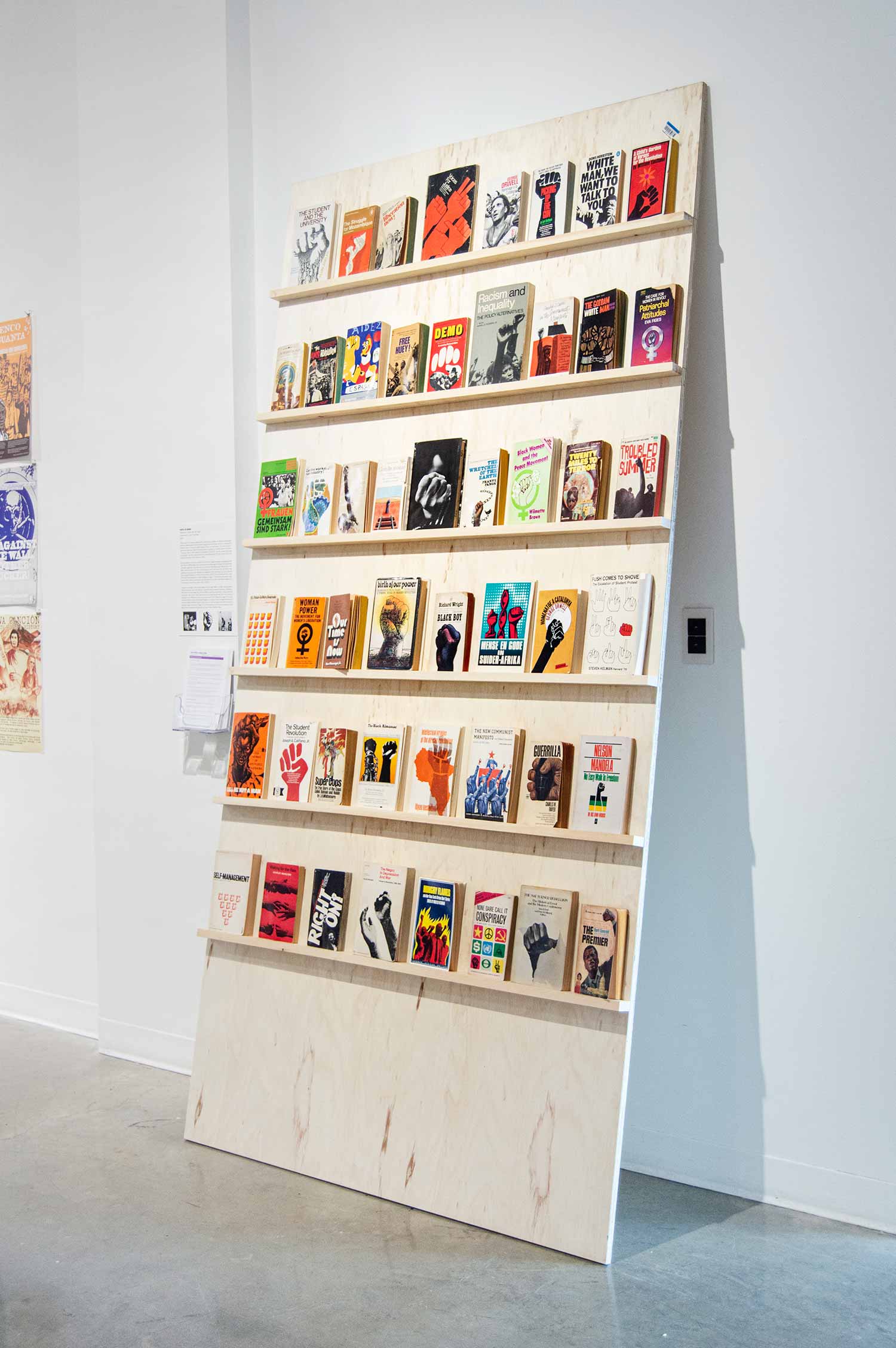
Continuing with the fist theme, at the Colgate exhibition I had intended to include six 16″ cubes, each side of the blocks featuring an historical raised fist image. Together, the cubes would make up a history of the raised fist. In addition, each side is also a relief block, so the cubes could be printed. All six cubes weren’t finished in time for the Colgate show, but they were finished and included here at George Mason. Unfortunately there was no time to sort out printing them, that had to wait for the exhibition in Cleveland.

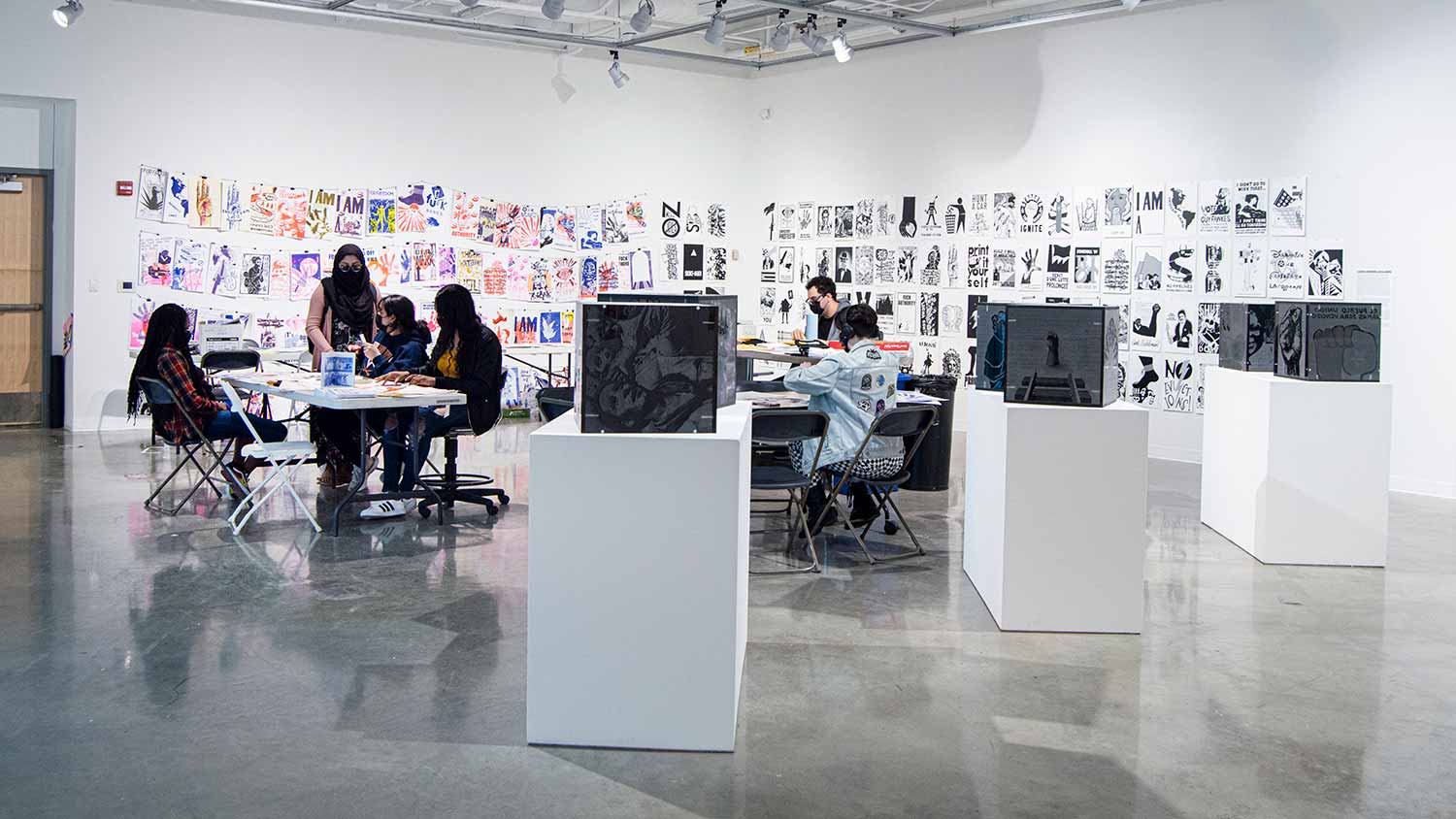
One of the key components of Graphic Liberation! is its participatory nature. The idea here is not simply to lay out a visual history of movement iconography, but to engage the audience in working with that history. The exhibition has pushed me to conceptualize this collection of signs and symbols created and trafficked by social movements as a language, one with a set of basic, simplified “letter forms” (i.e. fists, flags, etc.) and a grammar that allows the combining of those forms into complex visual ideas. To that end, the first thing you encounter when you enter the exhibition is a collection of rubber stamps and ink pads. There are roughly 100 stamps, and each is a different icon drawn from dozens of political movements across time and geography, but with resonances across these boundaries. All gallery visitors are encouraged to play with the stamps.
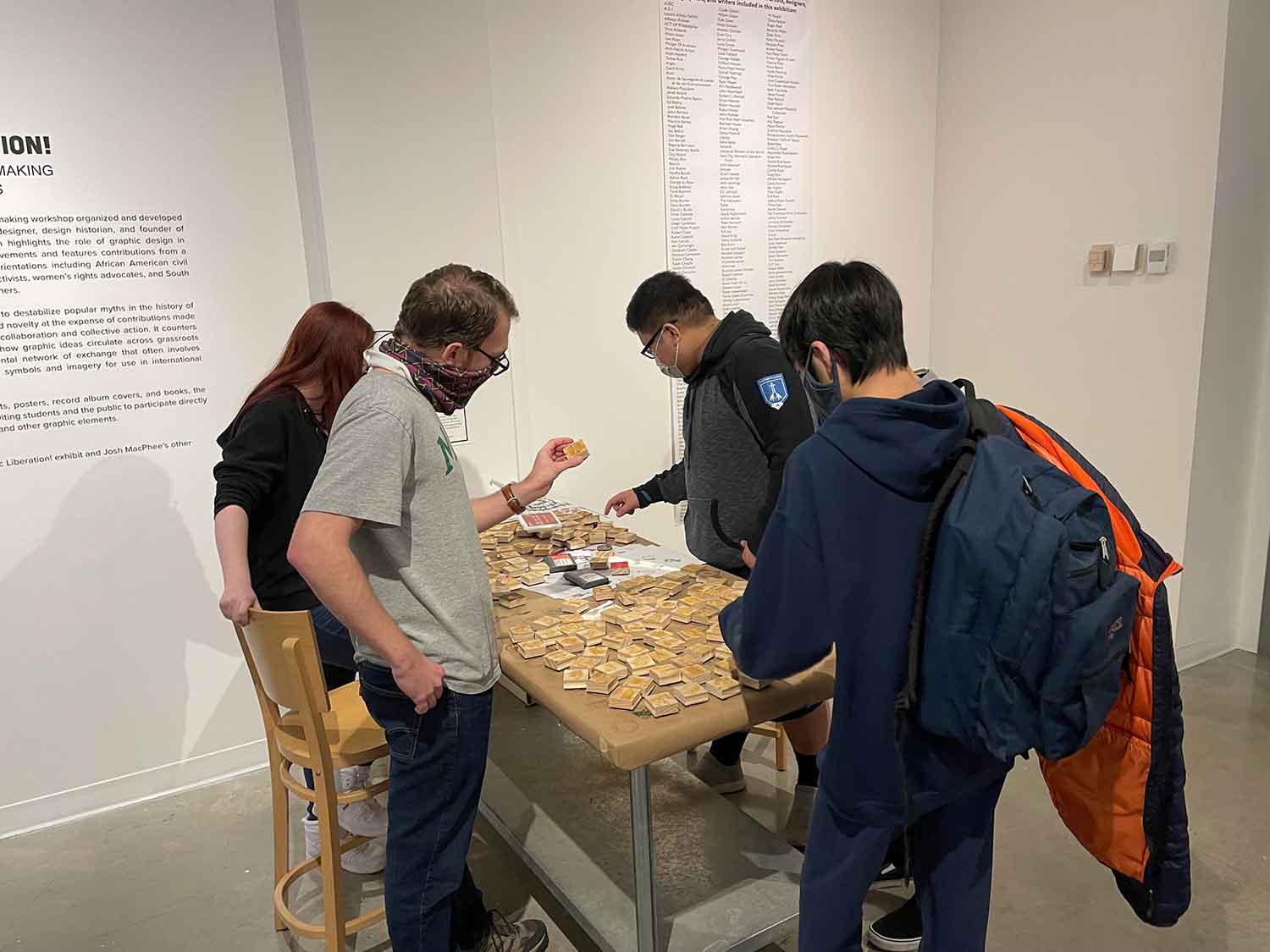
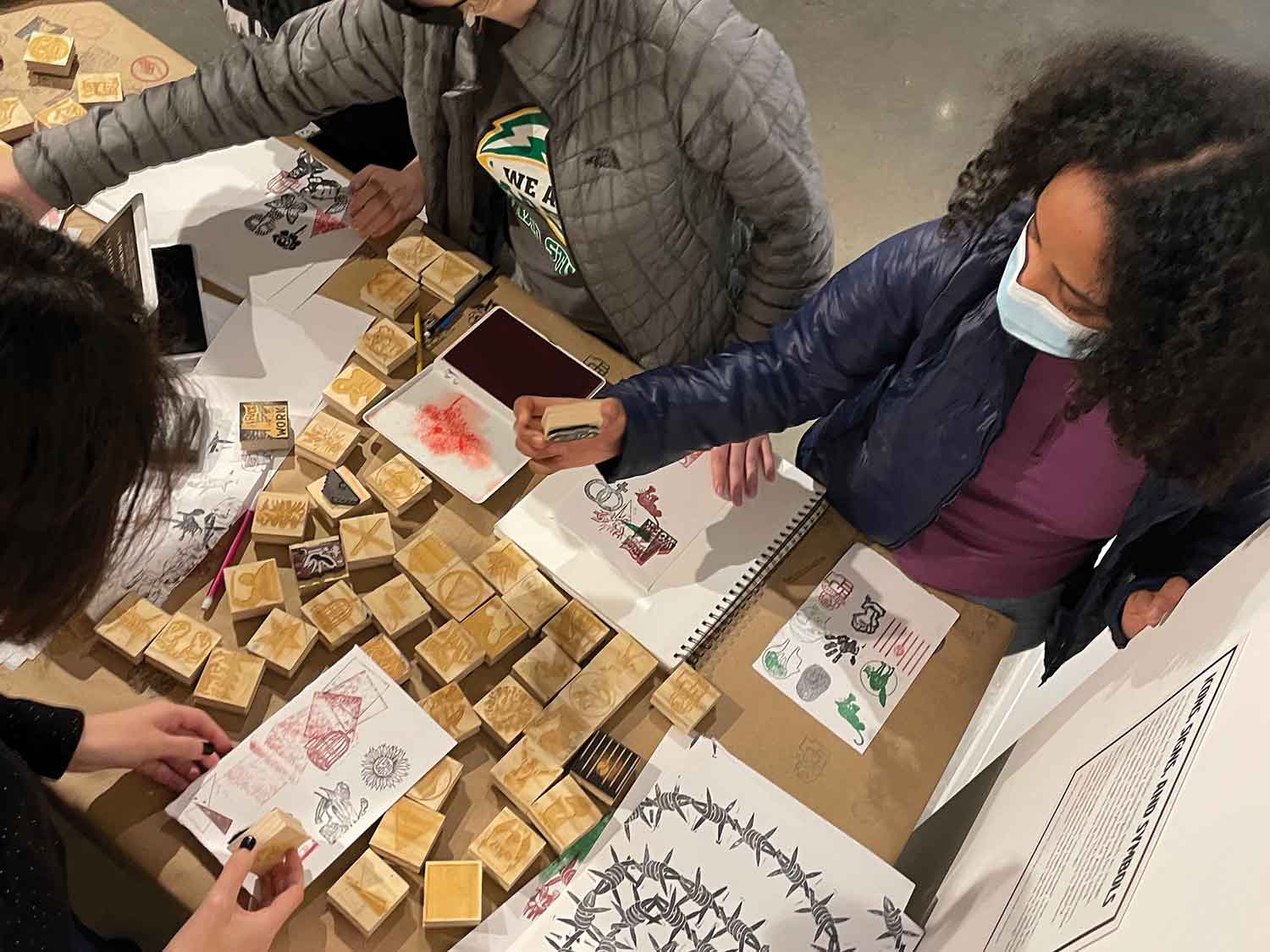
LIke the stamps, the Lexicon of Political Graphics is intended to be used. The core of the exhibition is really the Lexicon and a risograph machine placed in front of it. While the panels can be seen as an exhibition in and of themselves—one that can be arranged and rearranged, and given a cursory look or read for hours—its real purpose is to provide raw materials for the creation of new posters, to be printed on the risograph. These posters can be simple, reproductions of the existing imagery, or multiple panels printed on top of each other, but the best results are when visitors dig in and use the library of historical images to iterate, evolve, or even generate entirely new visual ideas.

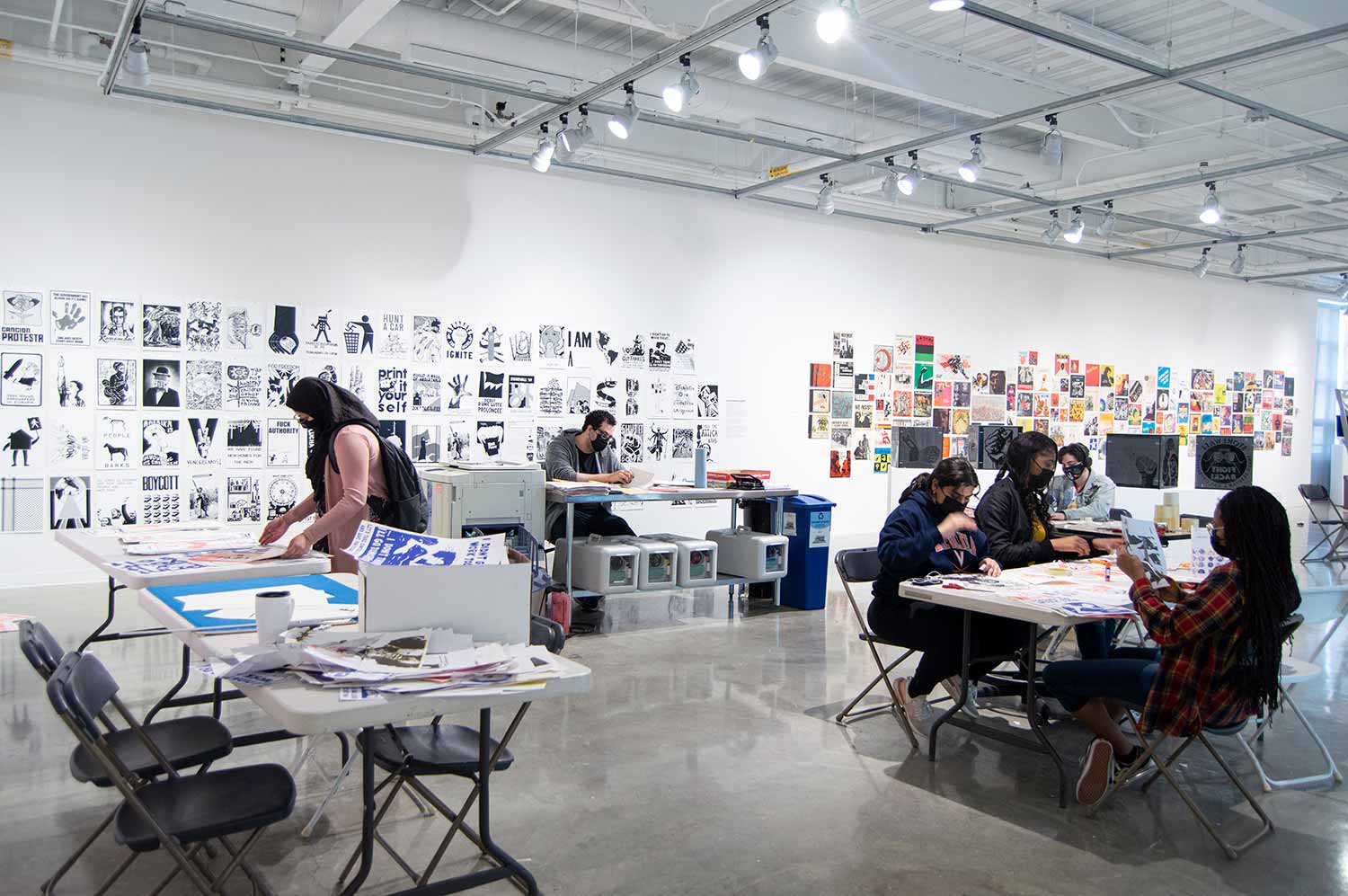

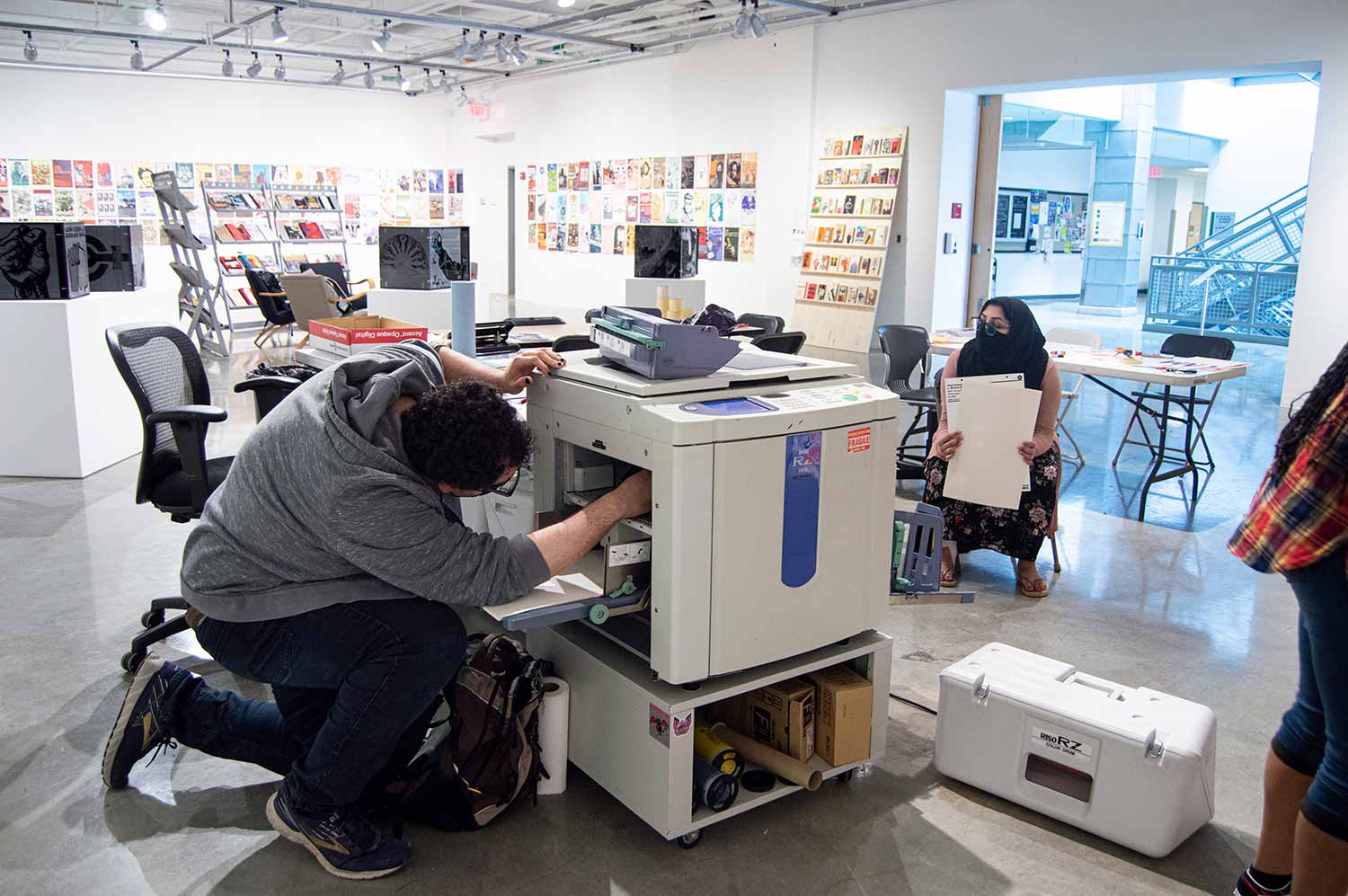
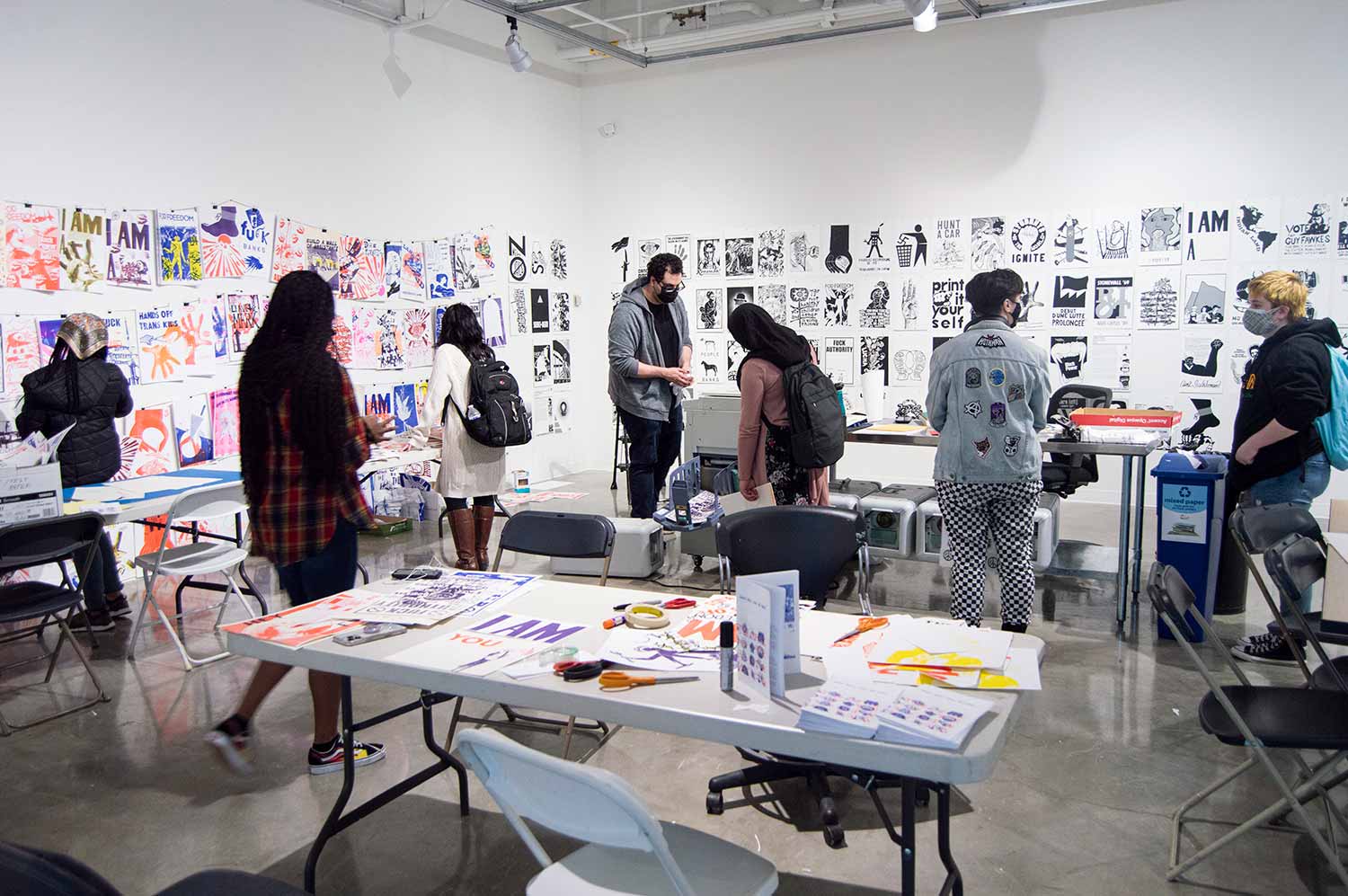

Here are just a handful of the hundreds of posters made at George Mason during the show:

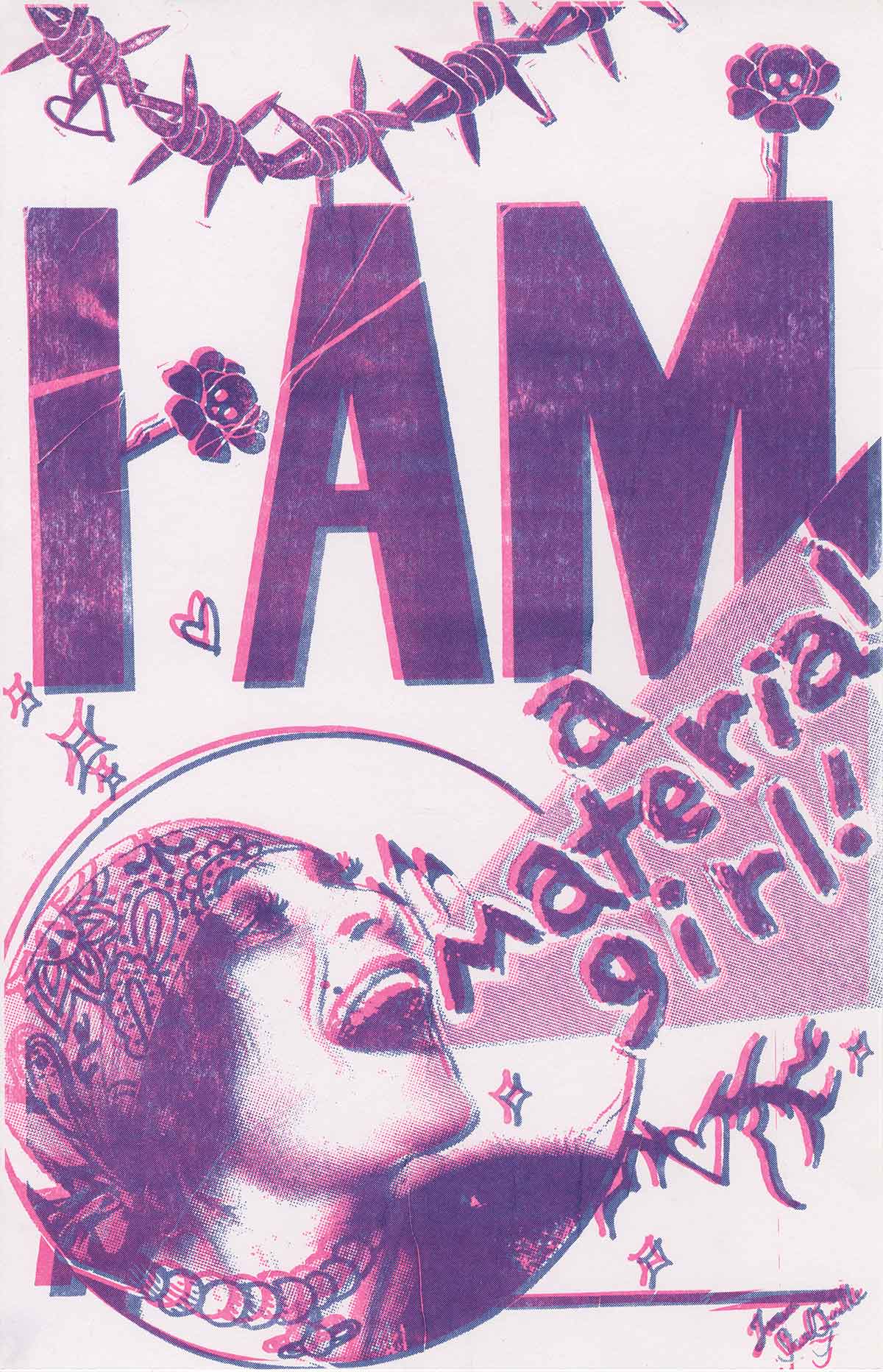

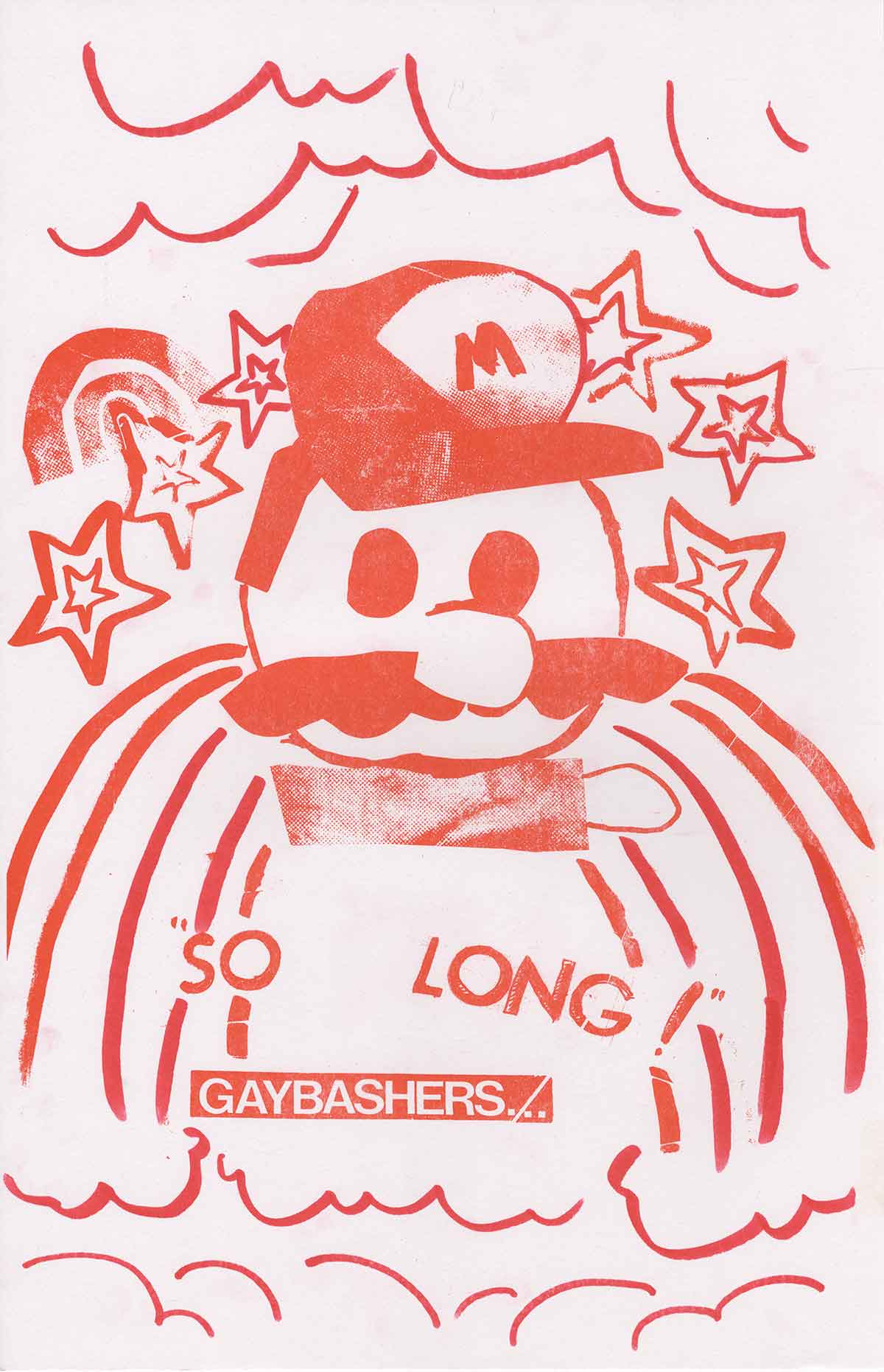

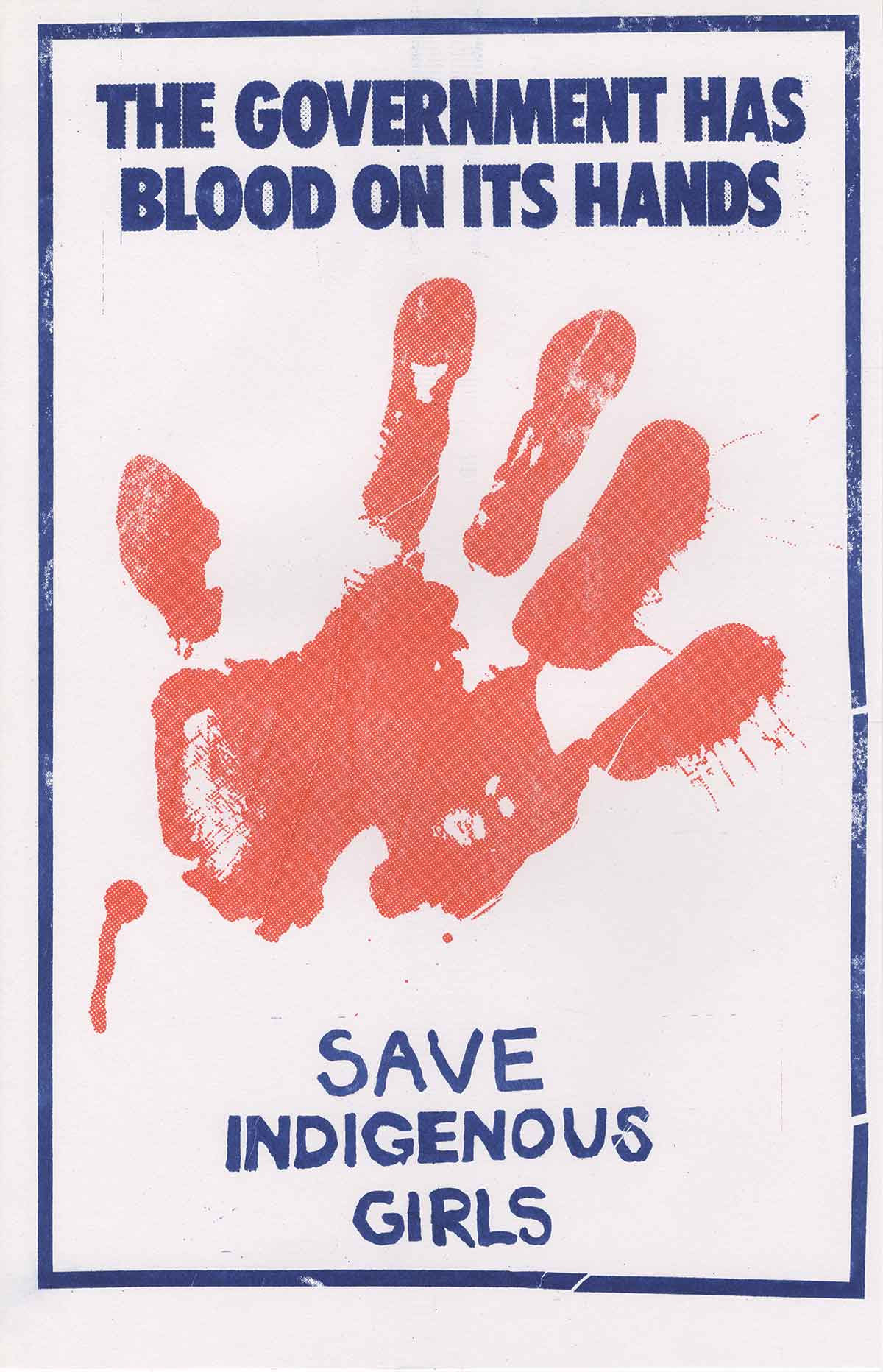
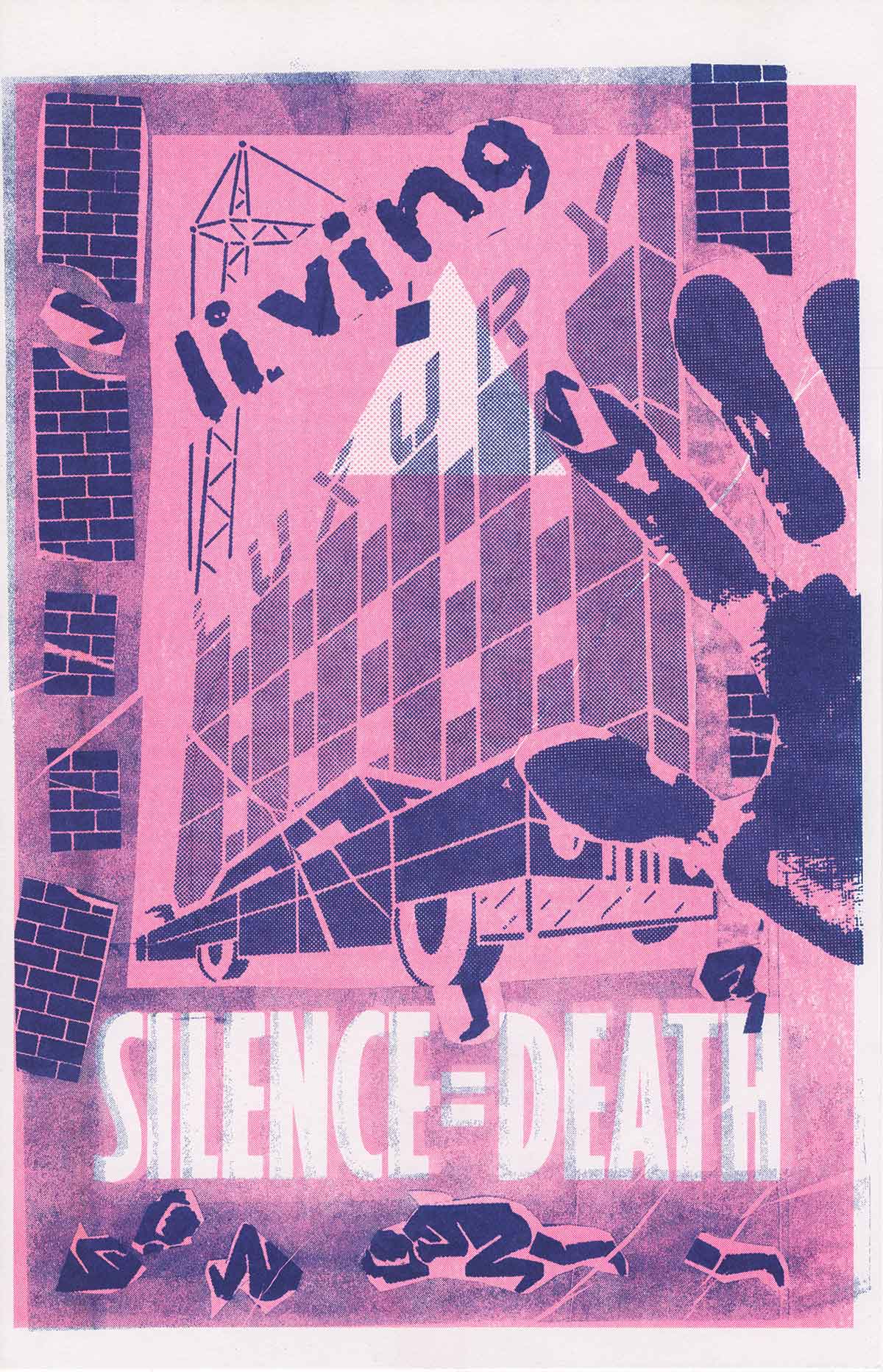
One final important and key component has been part of Graphic Liberation! exhibitions: a library. At George Mason, Art and Art History librarian Stephanie Grimm assembled an amazing collection of books from the GMU library to install within the center of the show. This collection not only provided additional resources for gallery viewers, but also functioned as a hang-out space, where people could sit and chat, or just relax. Some of the books directly addressed specific work within the exhibition, but much of the collection was more obliquely connected, opening up new channels of interest and engagement.
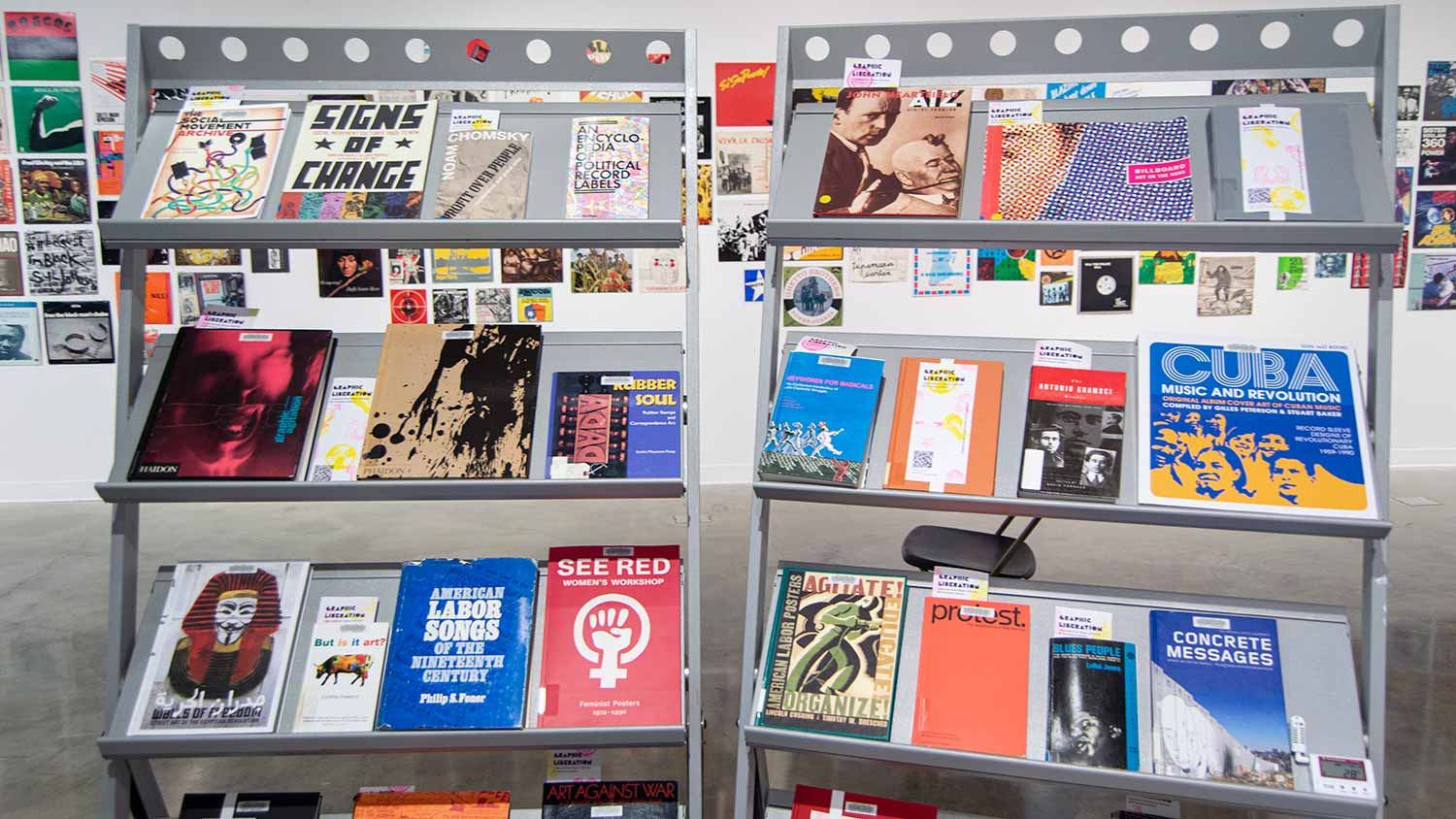
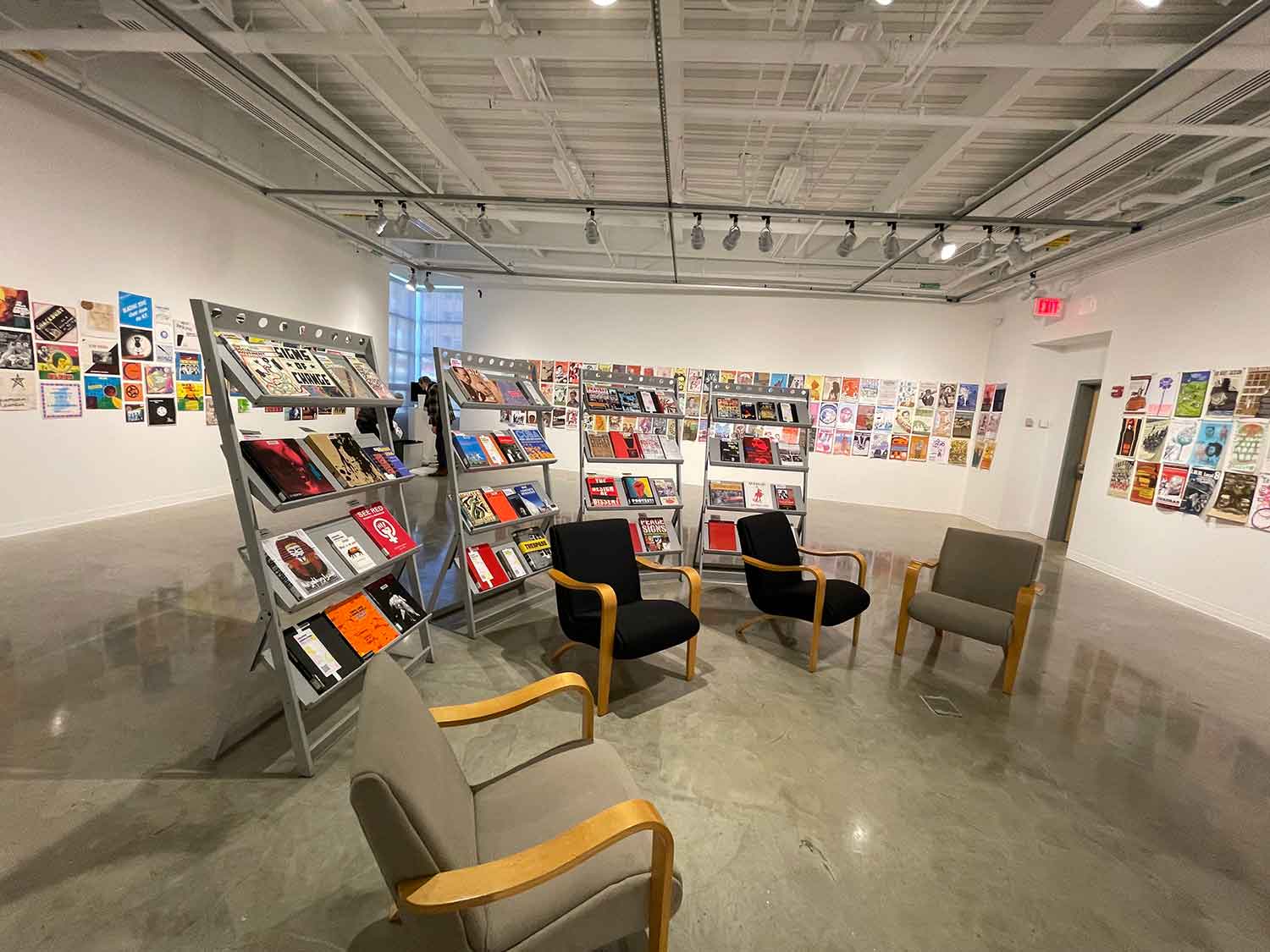
This show would not have happened without the support of Don Russell and the Provisions Library, Jeff Kenney and the Gillespie Gallery (he took most of the above photos, and you can see more HERE), and Christopher Kardambikis and the GMU printmaking department!




